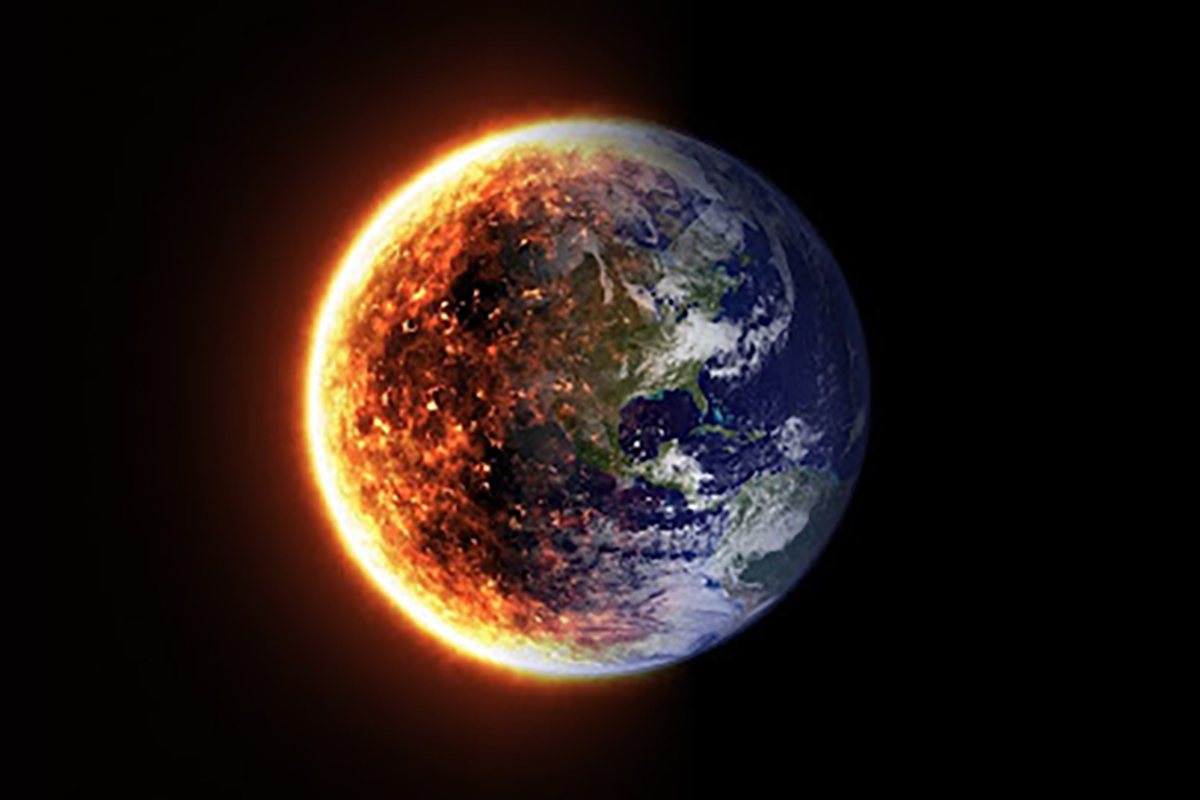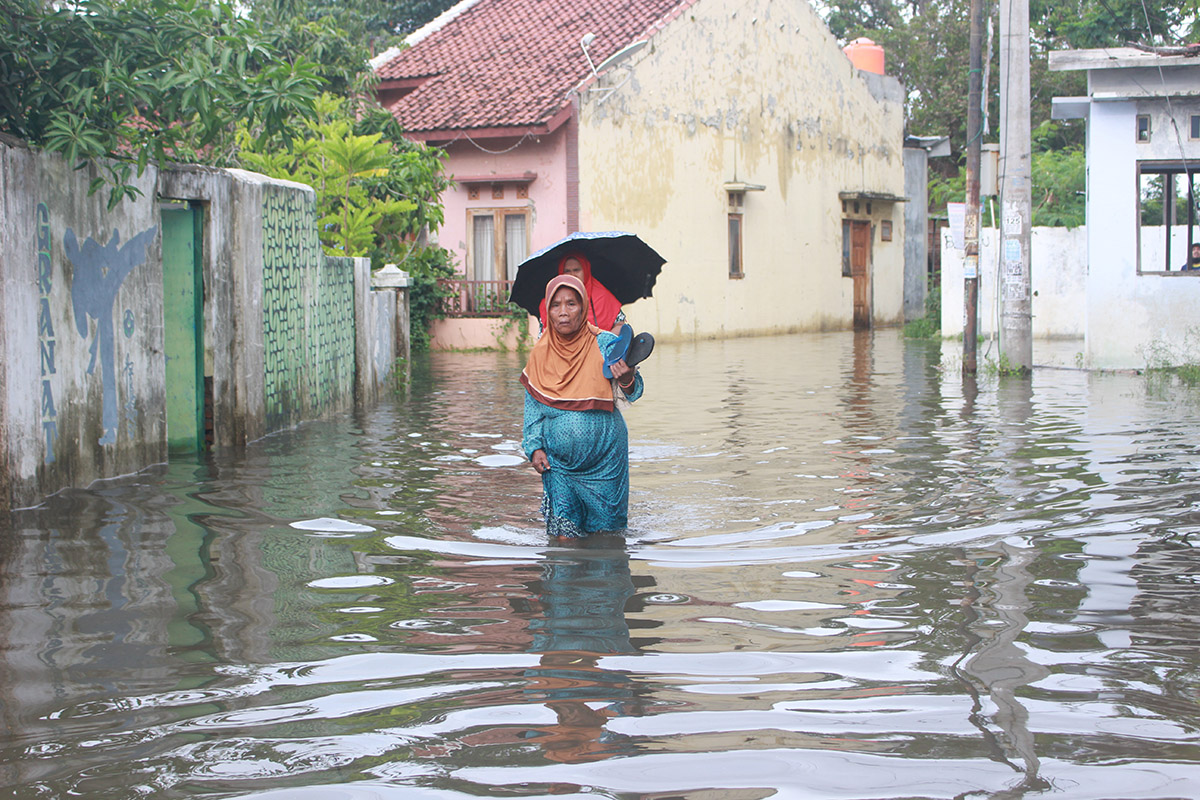The World’s Temperature is Rising
April 28by Esrat Jahan Onty, a member of the Commonwealth Youth Climate Change Network working group.
Photo credit: Pixabay/ Tumisu
One of the most fundamental ways to measure the climate is temperature, and temperatures might vary in different zones, having a wide range of effects on human life as well as ecosystems. Our climate is indeed changing, and one of the signs is that the temperature is rising. This conclusion comes from evidence from different sources such as satellites, weather balloons, thermometers and weather stations.
According to the National Oceanic and Atmospheric Administration (NOAA), the average annual global temperature has significantly increased compared to the 19th century, with the warmest years starting in 2001. In other words, the coldest years moving forward will be much warmer than the warmest years that we experienced in the 20th century.
2023 can serve as a compelling example of climate change. It was evident that it was the world’s warmest year on record for both land and ocean areas individually. It marked the warmest year on record for both the Northern and Southern Hemispheres when land and ocean areas were combined. Additionally, it was the warmest year for land and ocean individually in the North, and the second-warmest year for land while being the warmest year for the ocean in the South. Moreover, it ranked as the 40th-warmest year for the Antarctic and the 4th-warmest year for the Arctic. According to Climate Change: Global Temperature, warming has not been uniform across the planet, the upward trend in global average temperatures indicates that more areas are warming than cooling.
The rise of temperatures is worsening, leading to various types of disasters, including storms, heat waves, floods, and droughts. This warmer climate has the potential to alter weather patterns, resulting in wet regions becoming wetter and dry areas becoming drier. The rising frequency of droughts, intense storms, and floods poses significant risks to public health and safety. Prolonged periods of dry weather extend beyond parched lawns, increasing the prevalence of foodborne and waterborne illnesses and fostering the proliferation of disease-carrying insects like mosquitoes, fleas, and ticks.
Higher Death Rates: Climate change has become one of the greatest global health threats in the 21st century. As a result, everyone suffers through this change, especially vulnerable groups such as children, older citizens, low-income communities, and minorities. Rising temperatures have a major hand in increasing illness, emergency visits in hospitals, and fatalities as well. The lack of air conditioning in areas unaccustomed to intense heat amplifies health risks, with prolonged heat waves leading to severe consequences. In many regions, people are already dying due to heatstroke, and most of them belong to low-income communities.
Air Pollution: The increasing ground level of ozone smog, created in response to sunlight and heat, contains mostly ground-level ozone, exacerbating temperature rise. Furthermore, such changes lead to higher death rates for people with asthma, as well as worsening health for those with heart or lung conditions. Additionally, warmer temperatures increase airborne pollen, negatively affecting people with allergies like hay fever.
Ocean Acidification: Marine ecosystems are not exempt from the effects of climate change. Oceans are becoming more acidic due to the absorption of our excess emissions. This acidification poses a serious threat to underwater life, especially sea creatures.
Rise of Sea Levels: The polar regions are exceptionally vulnerable to a warming atmosphere. Arctic temperatures are increasing twice as rapidly as elsewhere on the planet, resulting in rapid melting of the world’s ice sheets. This poses severe consequences for the region’s inhabitants, wildlife, and vegetation. However, the most significant impact could be the rise in sea levels.
Contrary to hopes, climate change promises a daunting future, and reversing it entirely is impossible. We’ve entered an era where, even if we cease all carbon dioxide emissions, we’ll still face dangerous effects. However, we can avoid many severe consequences. Together, we can envision a safer, healthier, and more equitable future—and fight climate change by:
- Spreading the word- Encouraging others to reduce carbon emissions by joining global movements to collectively make a significant impact on climate change. The more we talk to people about the climate crisis, the more they know about it and the more hands we have working to solve the problem.
- Keeping up the political pressure- Advocating for specific changes and arranging meetings with representatives to ensure their involvement in addressing the climate crisis.
- Transforming your transport- Reducing greenhouse gas emissions from transportation, by walking, cycling, public transit, electric vehicles, carpooling, and minimising long-haul flights whenever possible.
- Reining in your power use- Transitioning to zero-carbon or renewable energy sources. Increase energy efficiency by installing solar panels, adjusting heating settings, using energy-saving appliances, and improving insulation to reduce energy consumption and save money.
- Tweaking your diet- Tweaking your diet involves choosing plant-based options and reducing meat and dairy consumption.
- Shopping local and buy sustainable- Shopping local and buying sustainable products supports environmentally friendly practices and reduces carbon footprint.
- Not wasting food- Avoiding food waste helps minimise methane emissions from decomposing food in landfills.
- Dressing (climate) smart- Dressing climate smart involves opting for eco-friendly clothing materials and reducing fast fashion consumption.
- Planting trees- Planting trees helps absorb carbon dioxide and mitigate climate change effects.
- Focusing on planet-friendly investments- Supporting businesses and initiatives that prioritise sustainability and environmental stewardship.
To follow further discussions and updates on climate change, events, and opportunities, check out our social media pages:
LinkedIn, Instagram, Facebook, and X(Twitter)




